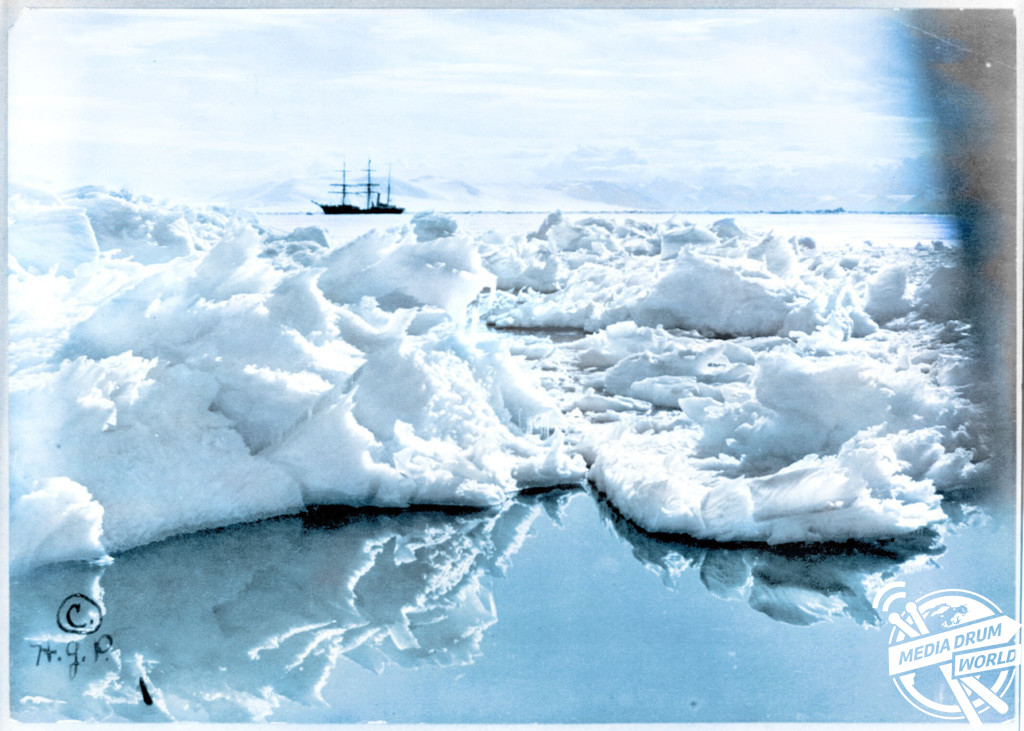By Mark McConville
STRIKING colourised images have brought Captain Scott and his arctic explorers flooding into the twenty-first century.
The stunning pictures show Captain Robert F. Scott and his team during Discovery Expedition and the Terra Nova Expedition to the Antarctic.
The vivid colour photographs show the team in the vast white expanse of the South Pole, manning their stations on their ship and Captain Scott relaxing in his quarters.
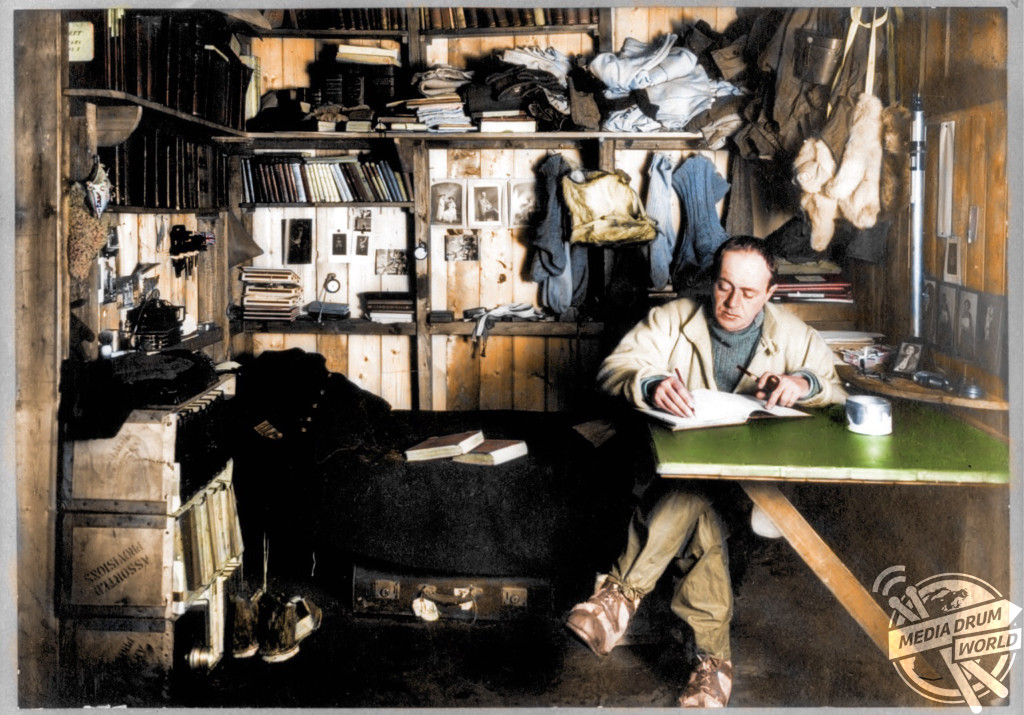
The historic shots were expertly colourised by Welsh electrician Royston Leonard from Cardiff.
“I’ve seen the memorial to Captain Scott all my life in my local park,” he said.
“I then found out he left from Cardiff for the South Pole and I just wanted to find out more about him.
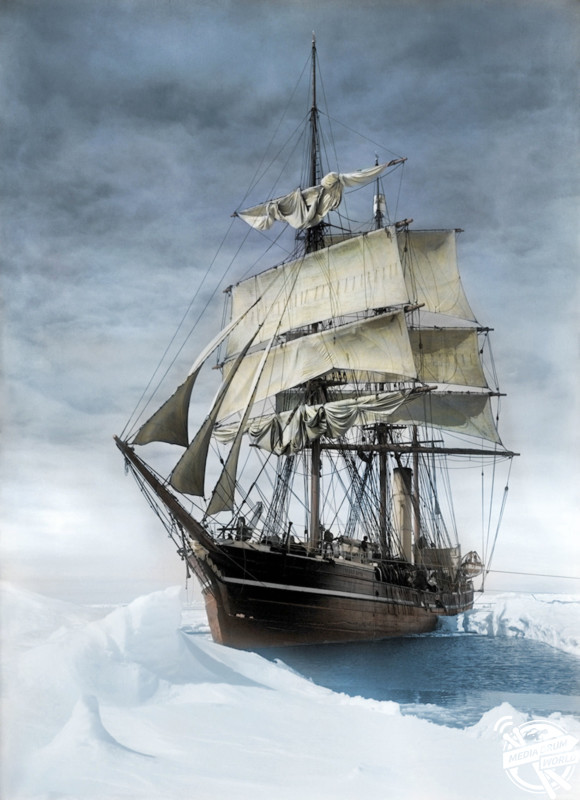
“I see a beautiful but deadly world in these images and men just trying to understand it but not really understanding fully what they were letting themselves in for.
“We like to think we are in control at all times but mother nature likes to remind us otherwise.”
Captain Robert Falcon Scott was a British Royal Navy officer and explorer who led two expeditions to the Antarctic regions: The Discovery Expedition (1901–1904) and the ill-fated Terra Nova Expedition (1910–1913).
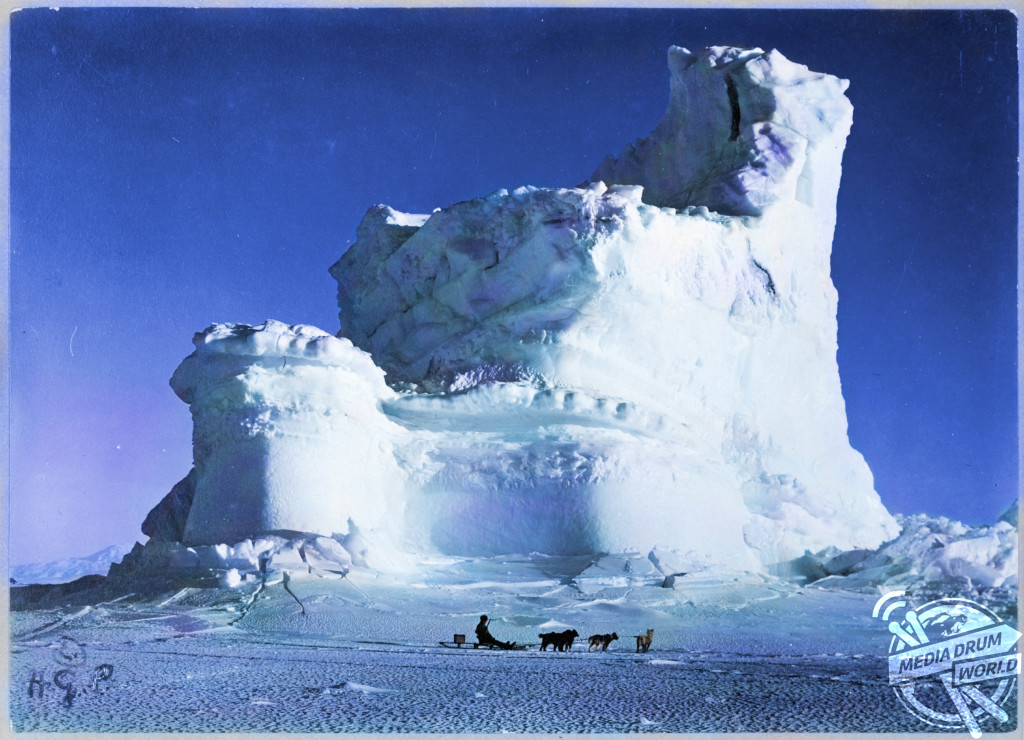
On the first expedition, he set a new southern record by marching to latitude 82°S and discovered the Polar (Antarctic) Plateau, on which the South Pole is located.
On the second venture, Scott led a party of five which reached the South Pole on 17 January 1912, four weeks after Roald Amundsen’s Norwegian expedition.
On their return journey, Scott’s party discovered plant fossils, proving Antarctica was once forested and joined to other continents.
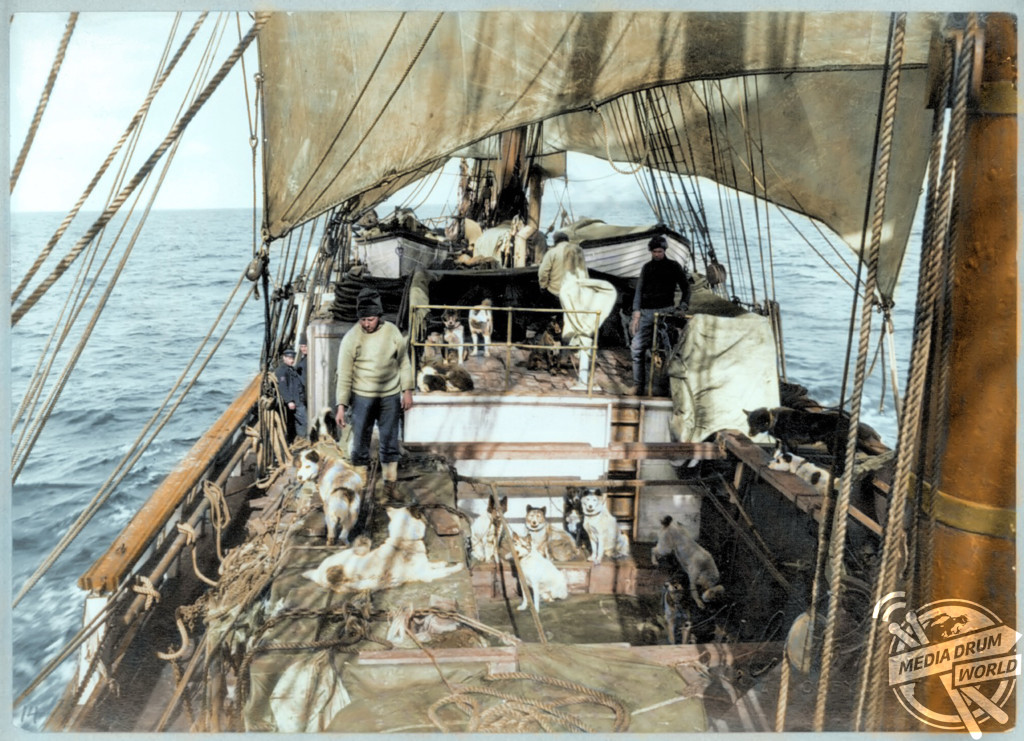
A planned meeting with supporting dog teams from the base camp failed, despite Scott’s written instructions, and at 150 miles from their base camp and 11 miles from the next depot, Scott and his companions perished.
Following the news of his death, Scott became a celebrated hero, a status reflected by memorials erected across the UK.
However, in the closing decades of the 20th century, Scott became a figure of controversy, with questions raised about his competence and character.
Commentators in the 21st century have regarded Scott more positively after assessing the temperature drop below −40 °C (−40 °F) in March 1912, and after re-discovering Scott’s written orders of October 1911, in which he had instructed the dog teams to meet and assist him on the return trip.
